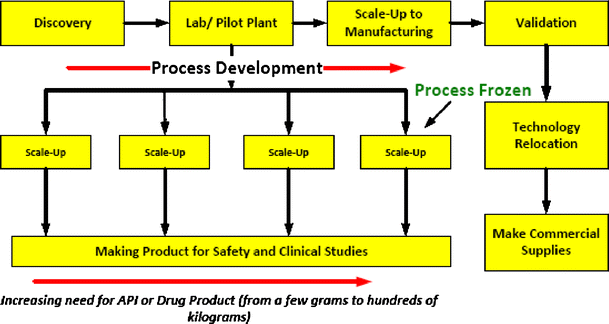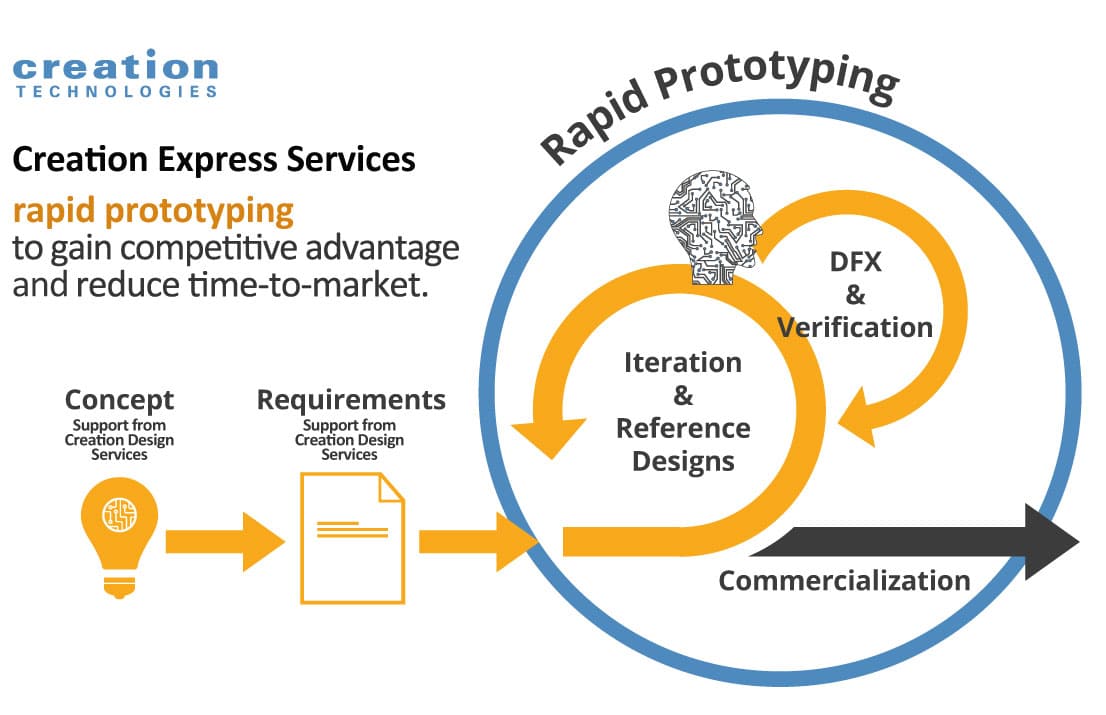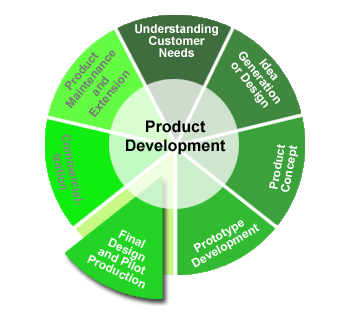Fascination About Kickr Design® - Product Prototyping, Engineering


A sequential product development process - Download Scientific Diagram
Using Rapid Manufacturing to Improve Product Development Fundamentals Explained
Is there a consistent question or problem originating from buyers? How will you improve or progress the existing item to conceptualize next-generation advancement? Consider how these questions can be attended to in the next iteration of the product.
Art Work: Ricky Allman, Undertable, 2011, acrylic on canvas, 72 x 48 Most product-development supervisors are constantly struggling to bring in jobs on time and on budget plan. They never have enough resources to get the task done, and their employers demand predictable schedules and deliverables. So This Author press their teams to be more parsimonious, to write more-detailed strategies, and to minimize schedule variations and waste.

![PDF] Applying Lean Manufacturing Principles to New Product Development - Semantic Scholar](https://www.netsolutions.com/insights/wp-content/uploads/2022/01/What-is-New-Product-Development-V-2-1-1.webp)
7 Stages of the New Product Development Process
Although lots of companies deal with product advancement as if it were similar to manufacturing, the two are profoundly various. Worldwide of manufacturing physical things, jobs are recurring, activities are reasonably foreseeable, and the items being created can be in only one place at a time. In item advancement numerous jobs are unique, job requirements constantly change, and the outputthanks, in part, to the extensive use of sophisticated computer-aided style and simulation and the incorporation of software application in physical productsis details, which can reside in several places at the same time.

1Stages of the product design, development, manufacturing and - Download Scientific Diagram
The 4-Minute Rule for The Product Development Process - How to Take Your Idea to
Together, we have actually invested more than 50 years studying and encouraging business on product-development efforts, and we have experienced these misconceptionsas well as others that occur for different reasonsin a vast array of markets, including semiconductors, autos, customer electronic devices, medical devices, software application, and monetary services. In this article we'll expose them and offer ways to overcome the issues they create.
In both our research study and our consulting work, we have actually seen that the large bulk of business aim to completely use their product-development resources. (One of us, Donald, through surveys performed in executive courses at the California Institute of Technology, has found that the typical product-development supervisor keeps capacity usage above 98%.) The reasoning appears obvious: Tasks take longer when individuals are not working 100% of the timeand for that reason, a busy development company will be faster and more effective than one that is not as proficient at using its individuals.
